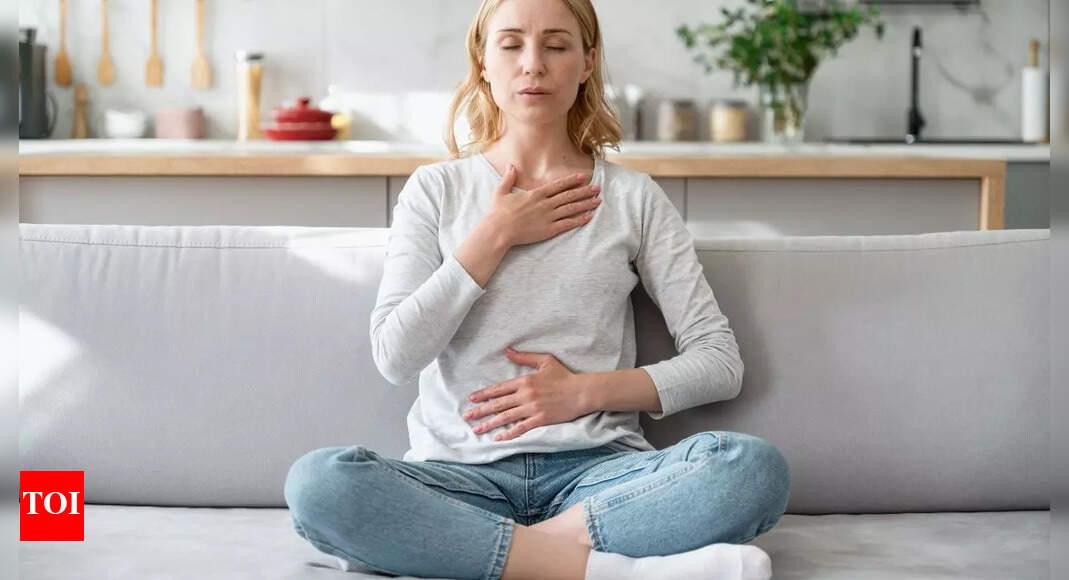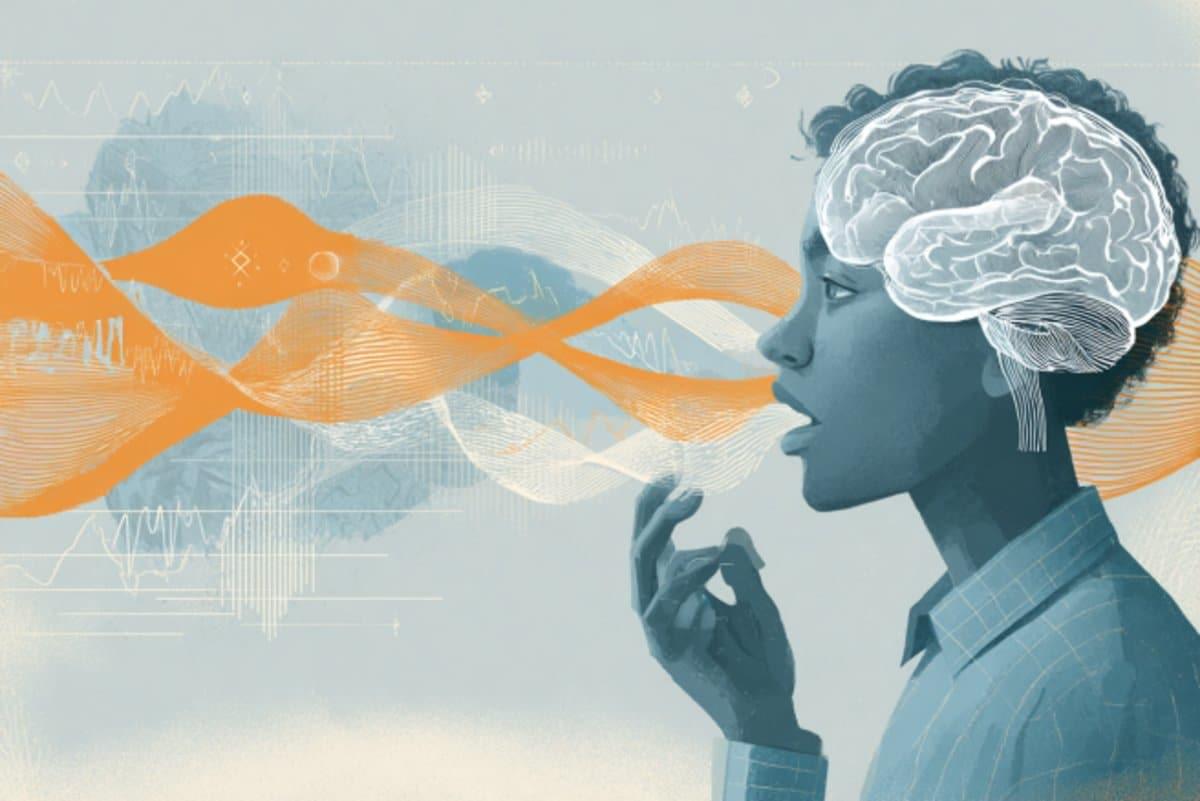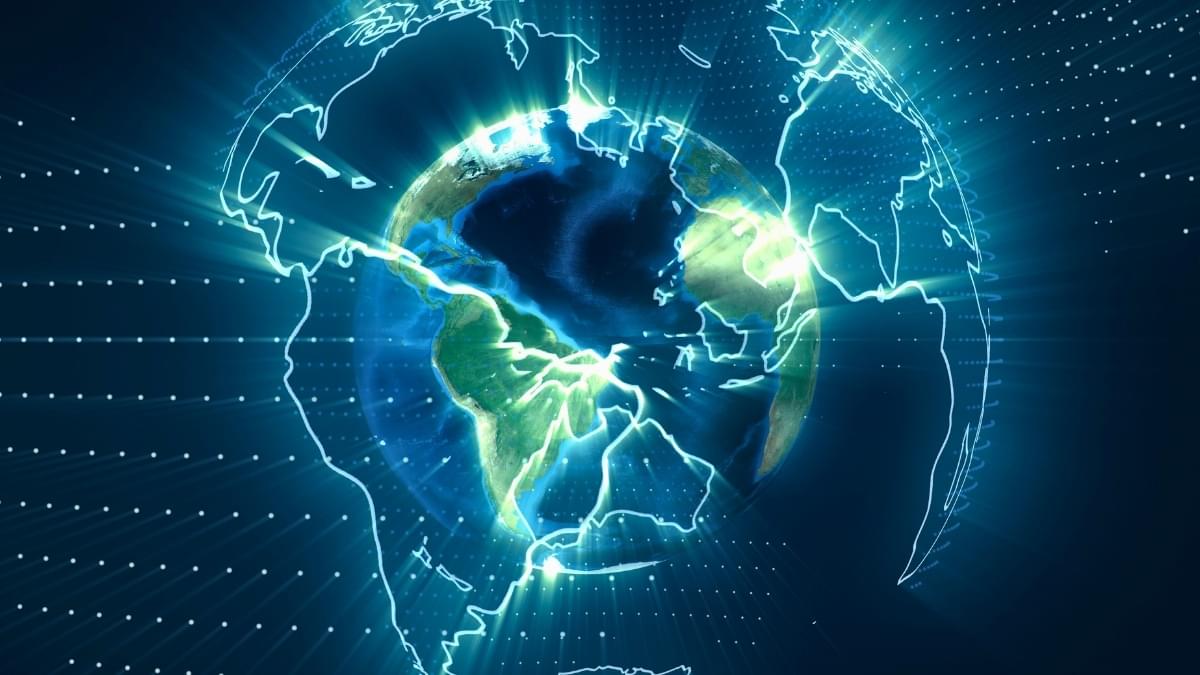Fantasy Hub RAT sold via Telegram exploits Android SMS and banking systems amid rising MaaS threats.



GlobalLogic, a provider of digital engineering services part of the Hitachi group, is notifying over 10,000 current and former employees that their data was stolen in an Oracle E-Business Suite (EBS) data breach.
Based in Santa Clara, California, this software and product development services company was founded in 2000. Since then, it has expanded to 59 product engineering centers and several offices worldwide.
In a breach notification letter filed with the office of Maine’s Attorney General, the company states that the attackers exploited an Oracle EBS zero-day vulnerability to steal personal information belonging to 10,471 employees.

The Rhadamanthys infostealer operation has been disrupted, with numerous “customers” of the malware-as-a-service reporting that they no longer have access to their servers.
Rhadamanthys is an infostealer malware that steals credentials and authentication cookies from browsers, email clients, and other applications. It is commonly distributed through campaigns promoted as software cracks, YouTube videos, or malicious search advertisements.
The malware is offered on a subscription model, where cybercriminals pay the developer a monthly fee for access to the malware, support, and a web panel used to collect stolen data.

It sounds like a strange online myth, but scientists in Japan have been studying whether mammals, including humans, can absorb oxygen through the gut. This phenomenon, often called butt breathing, is officially known as enteral ventilation. In a world where lung failure and ventilator shortages can quickly turn deadly, this idea could change how emergency oxygen therapy works. According to a peer-reviewed study published in Med (Cell Press), researchers at Tokyo Medical and Dental University successfully demonstrated gut-based oxygen absorption in mice and pigs, sparking global curiosity. You can read the full study. The experiment may sound unconventional, but it could one day save lives when traditional breathing support is unavailable…
…Respiratory failure remains one of the most difficult emergencies to manage in modern medicine. Mechanical ventilators save countless lives, but they can also cause lung damage and are not always accessible in low-resource settings. Enteral ventilation could provide an alternative when ventilators are unavailable or when lungs are too damaged to function effectively.
…Despite its promise, the approach still faces several obstacles before it can reach clinical use. The recent human study only confirmed safety, not effectiveness. Researchers now need to show that oxygen introduced through the colon can significantly raise blood oxygen levels.
Scientists in Japan are exploring a novel way to deliver oxygen through the gut. This method, called enteral ventilation, involves introducing oxygen-rich liquid rectally. Early animal trials show promise, and a human safety study found it well-tolerated. This could offer a vital backup for patients with severe breathing difficulties when ventilators are unavailable.

A lot can happen in 55 years.



Weather forecasting is notoriously wonky — climate modeling even more so. But their increasing ability to predict what the natural world will throw at us humans is largely thanks to two things — better models and increased computing power.
Now, a new paper from researchers led by Daniel Klocke of the Max Planck Institute in Germany describes what some in the climate modeling community have described as the “holy grail” of their field — an almost kilometer-scale resolution model that combines weather forecasting with climate modeling.
Technically the scale of the new model isn’t quite 1 sq km per modeled patch — it’s 1.25 kilometers.
